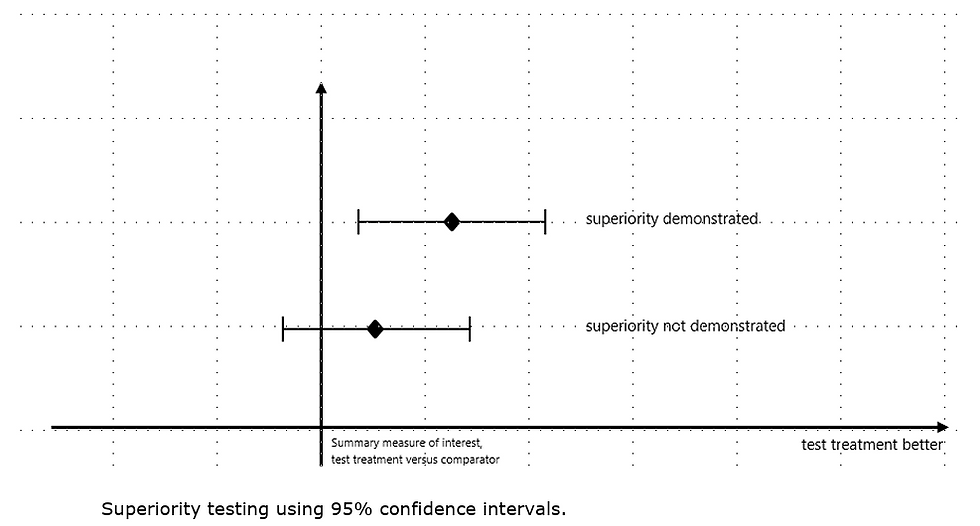FDA (ICH) Guidance: M12 Drug Interaction Studies & Questions and Answers
- Sharan Murugan

- Aug 3, 2024
- 2 min read
Yesterday (02 August, 2024), the Food and Drug Administration (FDA) announced that the final guidance on M12 drug interactions was available for industry as well as a supplemental document titled “M12 Drug Interaction Studies” and the supplemental document entitled “M12 Drug Interaction Studies: Questions and Answers”.

In this guidance, recommendations are made to promote consistent design, conduct, and interpretation of in vitro and clinical drug-drug interaction (DDI) studies involving enzymes or transporters.
By using a consistent approach, the pharmaceutical industry will be able to meet the regulatory requirements of multiple regulatory agencies less uncertainly and use resources more efficiently.
General recommendations are provided in this guidance on how to assess an investigational drug's DDI potential. The assessment of DDI is generally tailored to the specific drug, the intended patient population, and the therapeutic context of the investigation. Alternative approaches may be acceptable if they are properly justified.
This guidance covers pharmacokinetic interactions, focusing on interactions mediated by metabolic enzymes and transporters. In general, these issues apply to the development of small chemical molecules, and DDI evaluation of biologics is briefly discussed, with emphasis on monoclonal antibodies and antibody-drug conjugates.
There are also recommendations on how to address metabolite-mediated interactions included in the guidance, as well as the use of model-based data evaluations and DDI predictions. Other modalities, such as oligonucleotides, small interfering ribose nucleic acids, and peptides, are also acknowledged.
The guidance and supplemental questions and answers document were prepared under the auspices of the International Council for Harmonisation of Technical Requirements for Pharmaceuticals for Human Use (ICH).
This comprehensive guidance ensures that pharmaceutical companies conduct thorough DDI evaluations, contributing to the development of safe and effective drugs. For more detailed information, refer to the full FDA guidance document.



Comments